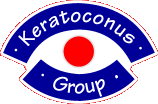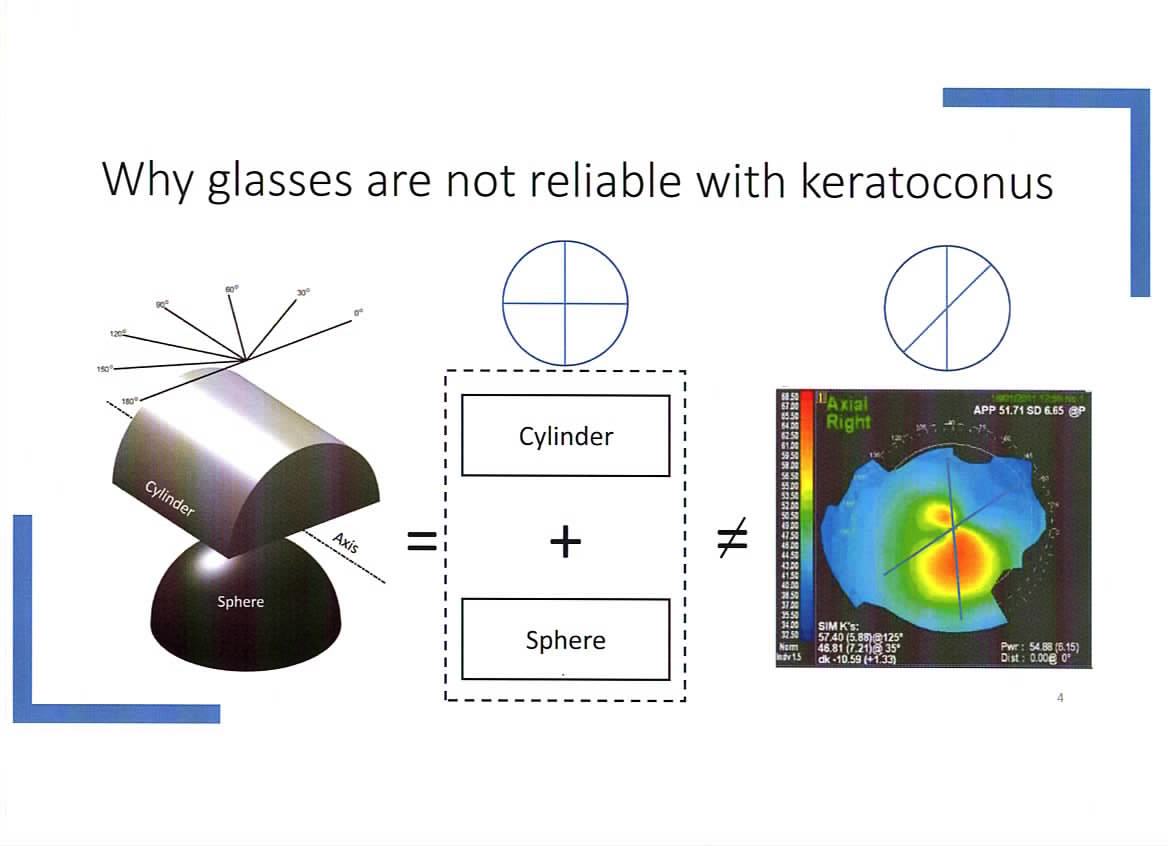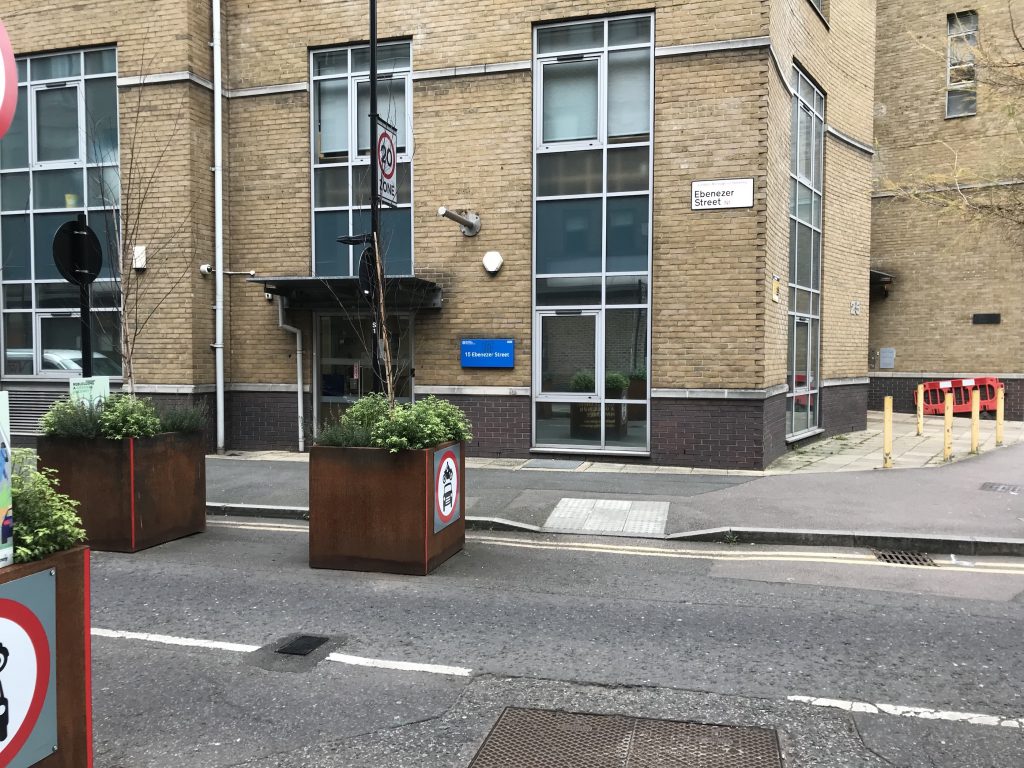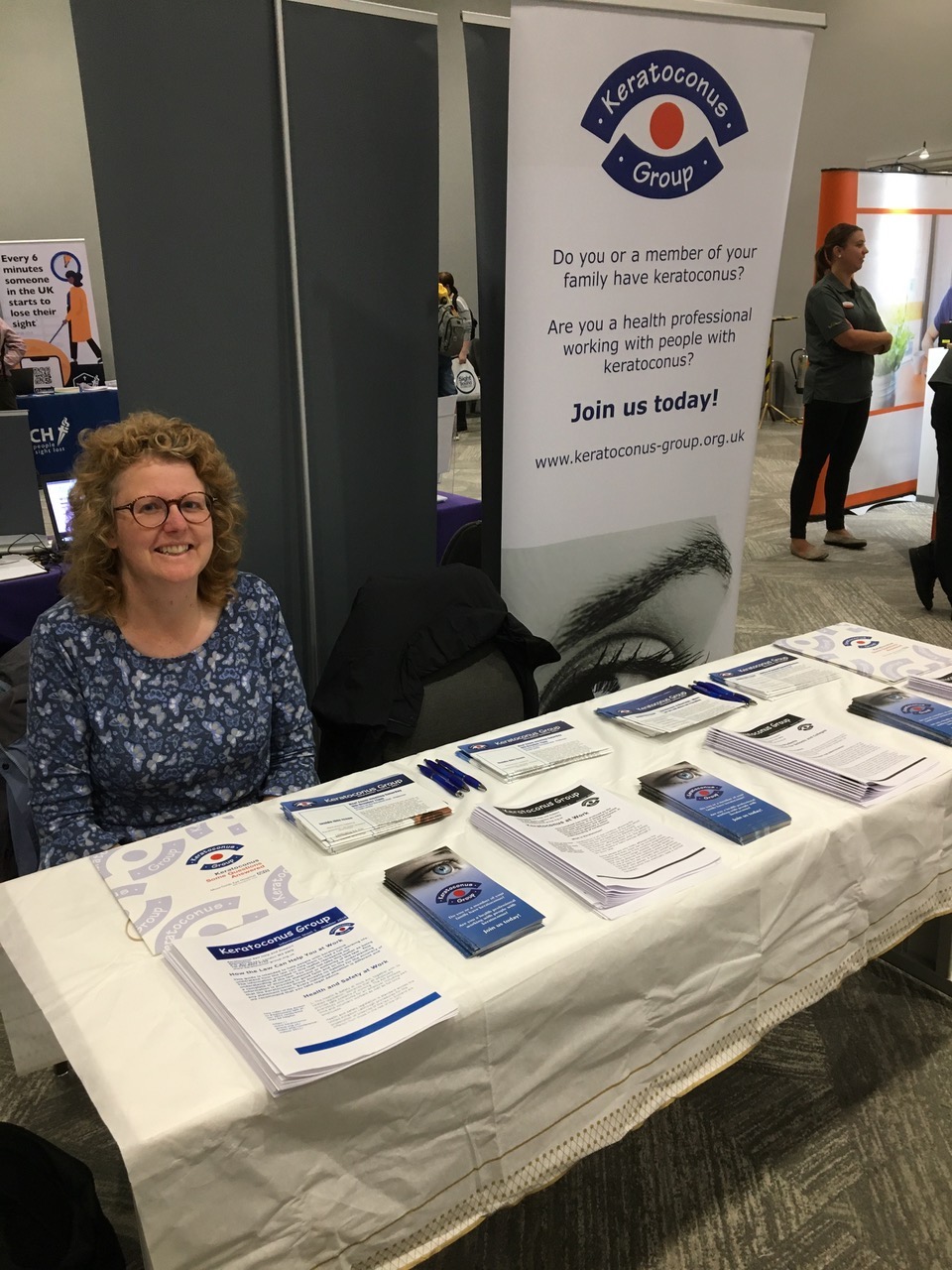In an earlier post, we outlined how University of Liverpool biomedical engineer, Dr. Ahmed Abass, had been awarded funding from Fight for Sight and Keratoconus Group UK to develop a new type of spectacle lens that can correct irregular astigmatism for keratoconus patients.
Dr. Abass has now completed the trial and plans to publish his paper later this year and has agreed to present his findings at one of our meetings. In the meantime, he has supplied us with a simplified summary. We appreciate the work Dr. Abass is doing to lessen our dependency on contact lenses. Here is the latest summary:
Although patients with keratoconus can achieve improved visual acuity with contact lenses, it is not yet commercially possible to do so with spectacles. Visual acuity using spectacles is affected by non-orthogonal (irregular) astigmatism and High Order Aberrations, causing visual effects such as doubling and ghosting images, poor contrast and increased glare. Historically, spectacles have not been able to correct these issues. This new study investigated whether correction of non-orthogonal astigmatism could improve the visual experience of keratoconic patients. There was reason to believe this could be the case, based on a previous small study: Effect of Correcting Non-Orthogonal Astigmatism in Corneas with Novel Optical System.
This is the first study of its kind to see if correcting non-orthogonal astigmatism might reduce the visual disturbances experienced by people with keratoconus, and the results are very encouraging. It was found that 70% of eyes tested with the novel test lenses showed an improvement in visual acuity with reduced ghosting and an improvement in letter clarity.
Analysis of the results is ongoing to investigate why some subjects responded better than others, as many factors are involved. Early indications are that the cone position and the effect of high-order aberrations had a greater effect in some subjects.
This small study was designed to see if the idea had merit, and the results have been very positive. Further work now needs to be done to find ways of manufacturing such lenses and studies carried out on larger numbers of subjects.












